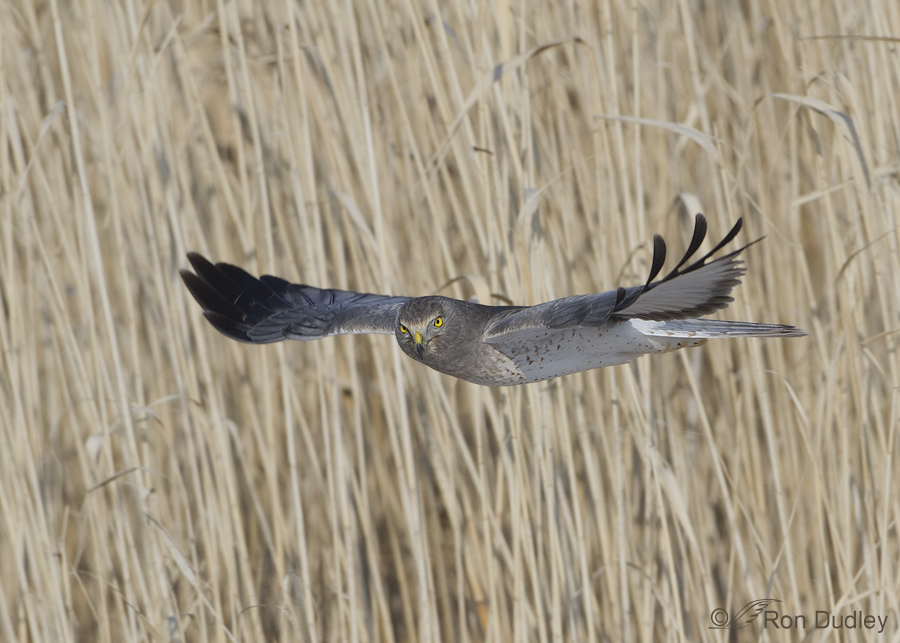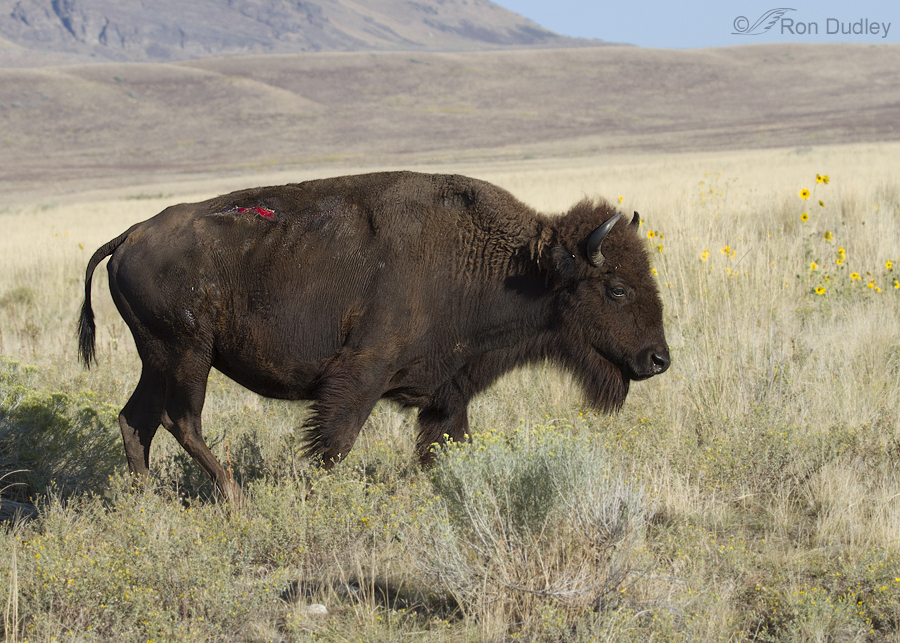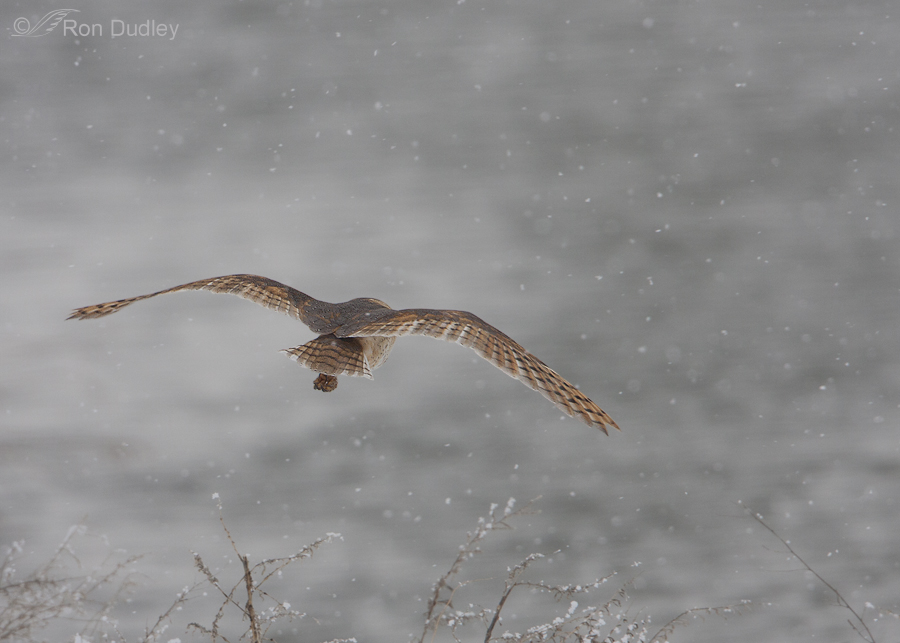Short-eared Owls And The “Handedness Phenomenon”
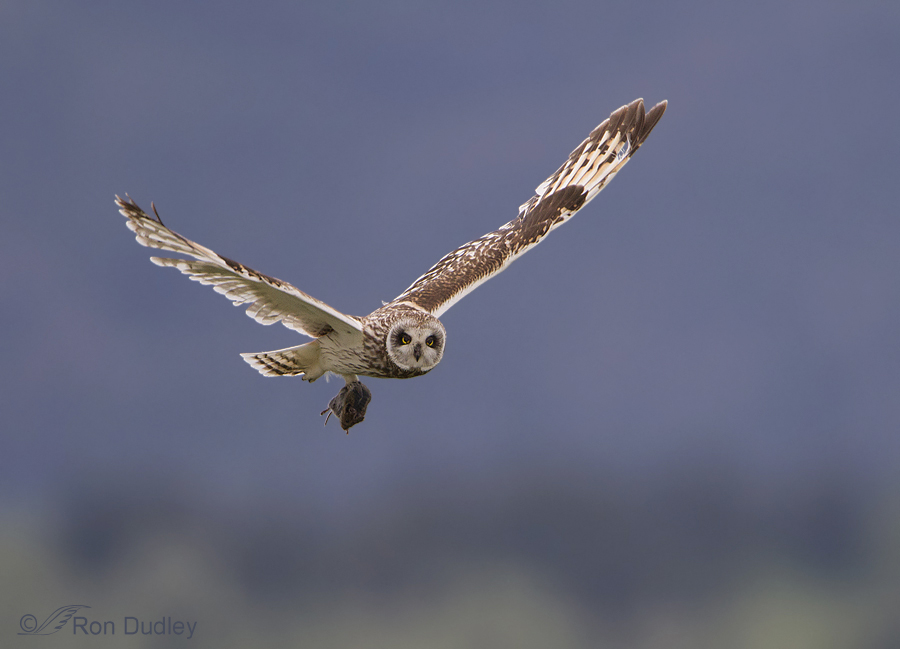
Handedness is a preference for using one hand (or limb) as opposed to the other. It’s a phenomenon many of us associate strictly with humans but other vertebrates can also show handedness, including birds. For example, many parrot species have a strong and consistent preference for using their left foot when bringing food to the beak.
Based on my own observations in the field I believe that Short-eared Owls may also display handedness.
Chukar Calling On One Foot

Chukars continue to be one of my preferred subjects during the winter and spring due to their distinctive and colorful plumage and their often comical behavior. They are abundant on Antelope Island and even somewhat approachable there – at least in comparison to their skittish and wily ways elsewhere (hunters consider them to be among the most challenging of upland game species).
Birds “Wearing To Dark” – Some Visual Evidence As To Why
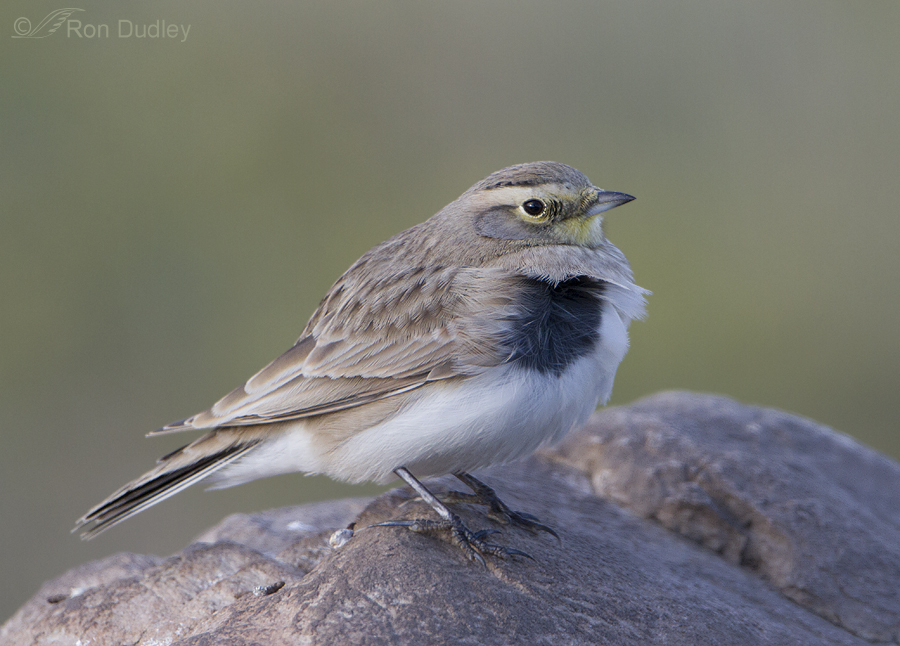
This past summer I posted these first two Loggerhead Shrike images as evidence that the ventral colors of the species change from white to almost black as the summer wears on and asked my readers why this occurs. Several responded with a logical explanation.
Three days ago I photographed a Horned Lark that may demonstrate that those readers were right.
Male Northern Harrier In Flight – A Lucky Shot
Mourning Dove – Why Do I Usually Ignore The Common Species?
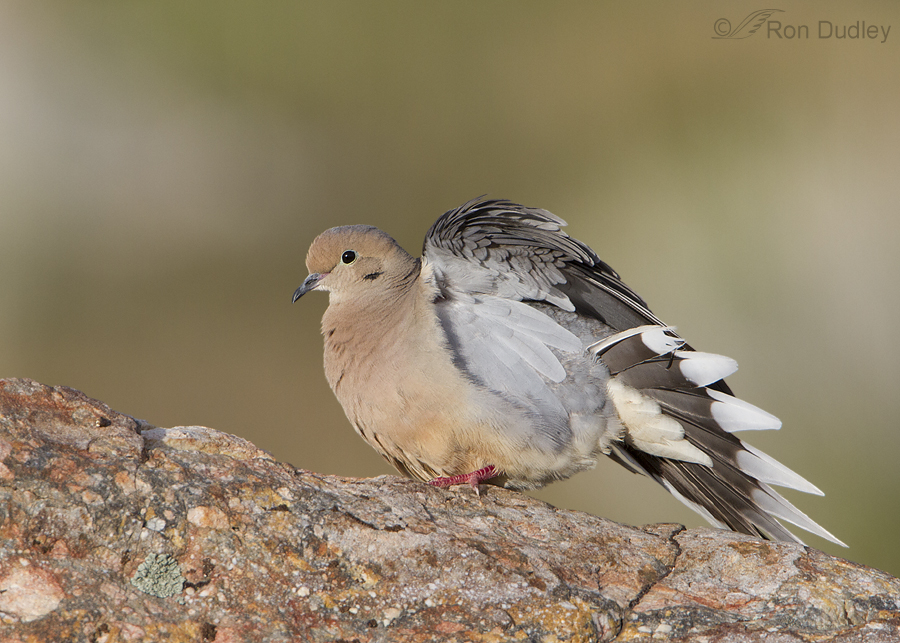
As a bird photographer I continually struggle with the tendency to ignore the more common species. This is a bad habit I’ve tried to break over the years but my success has been limited so I still too often pass on opportunities with species like the American Robin, House Finch, American Coot and Mourning Dove. Many fellow photographers have the same tendency and I think we miss some wonderful shots as a result.
American Kestrel In Fog
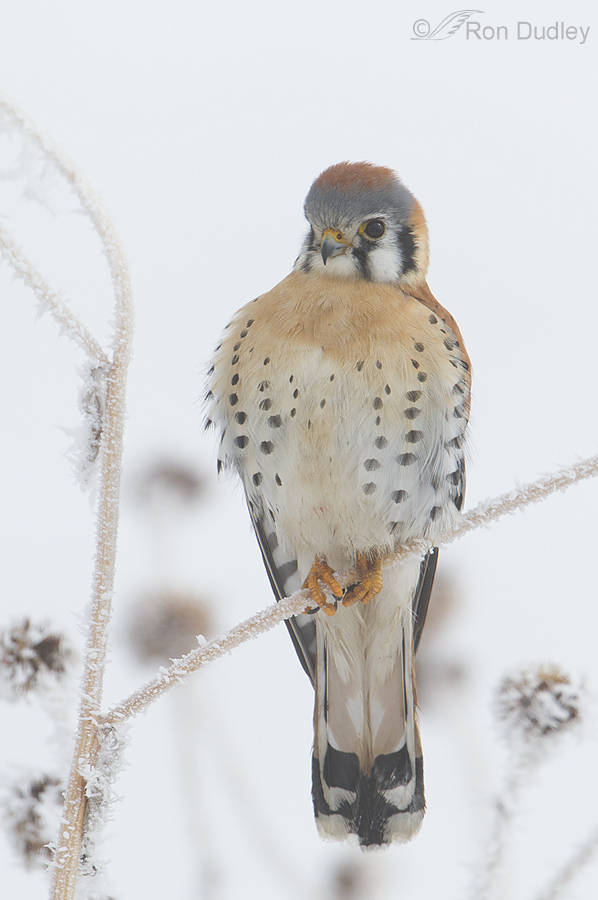
Images of birds in fog often have a unique mood and “feel”. The tendency of many photographers is to attempt to minimize the effects of the fog during processing but I try to resist that temptation and let the image sink or swim on its true merits.
Fog tends to reduce detail and color saturation and causes the subject to appear slightly overexposed. It also often results in high key backgrounds. Some of those effects can be reduced by increasing contrast/saturation during processing but then you are losing the mood provided by the fog in the first place. All I’ve done with this image is crop and sharpen.
A Bison’s Life Isn’t Easy
A Curious Coyote, A Reflection And A Compositional Quandary
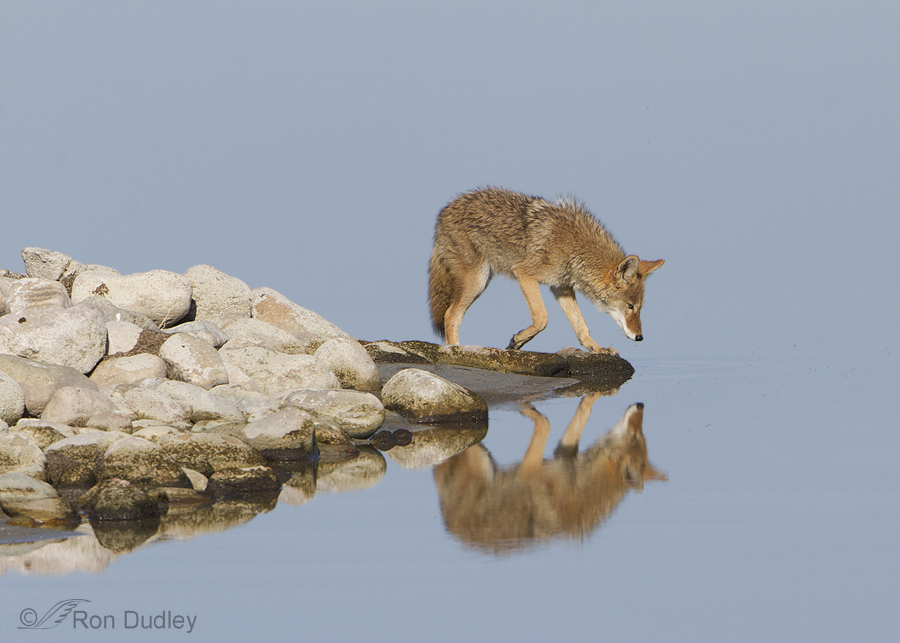
Two days ago we found this coyote exploring along the Antelope Island causeway. We watched it gnaw on a duck or shorebird carcass (possibly falcon leftovers, based on past experience) and then it continued to look for something, almost anything, to eat. When it reached the end of a rocky spit jutting out into the Great Salt Lake it entertained us with some interesting behavior.
Barn Owl Hunting In A Heavy Snow Storm
Fighting Harriers
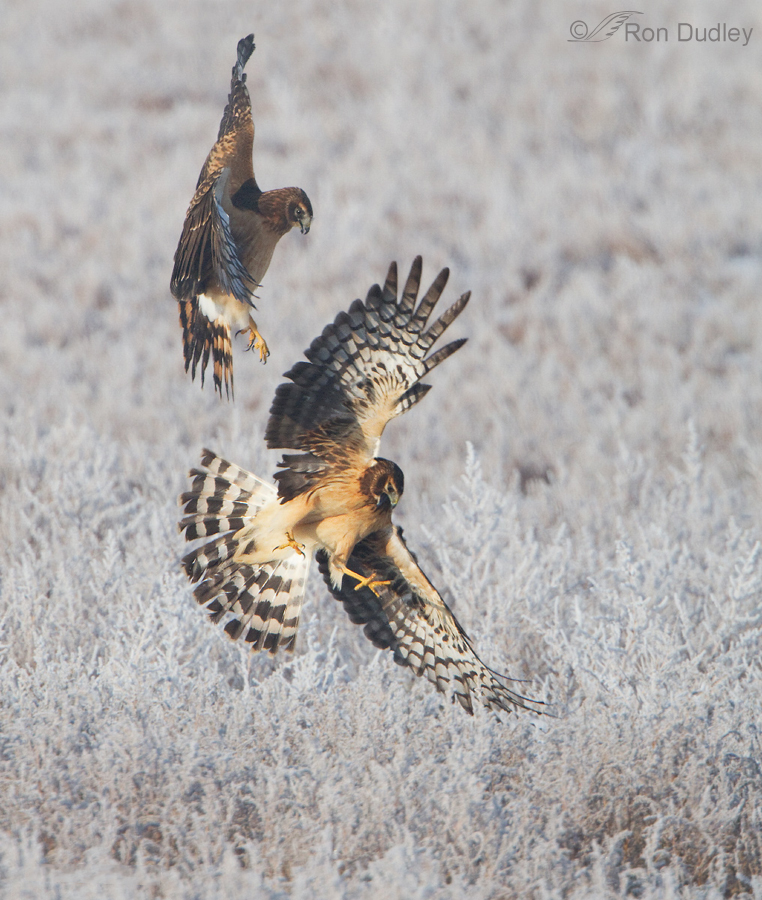
The seriousness of confrontations between Northern Harriers varies with the situation. Conflicts over food, especially during harsh winters, can be intense and dramatic but they often seem to spar with each other just for the “fun” of it. I’ve often seen and occasionally photographed both extremes of aggressive behavior.







